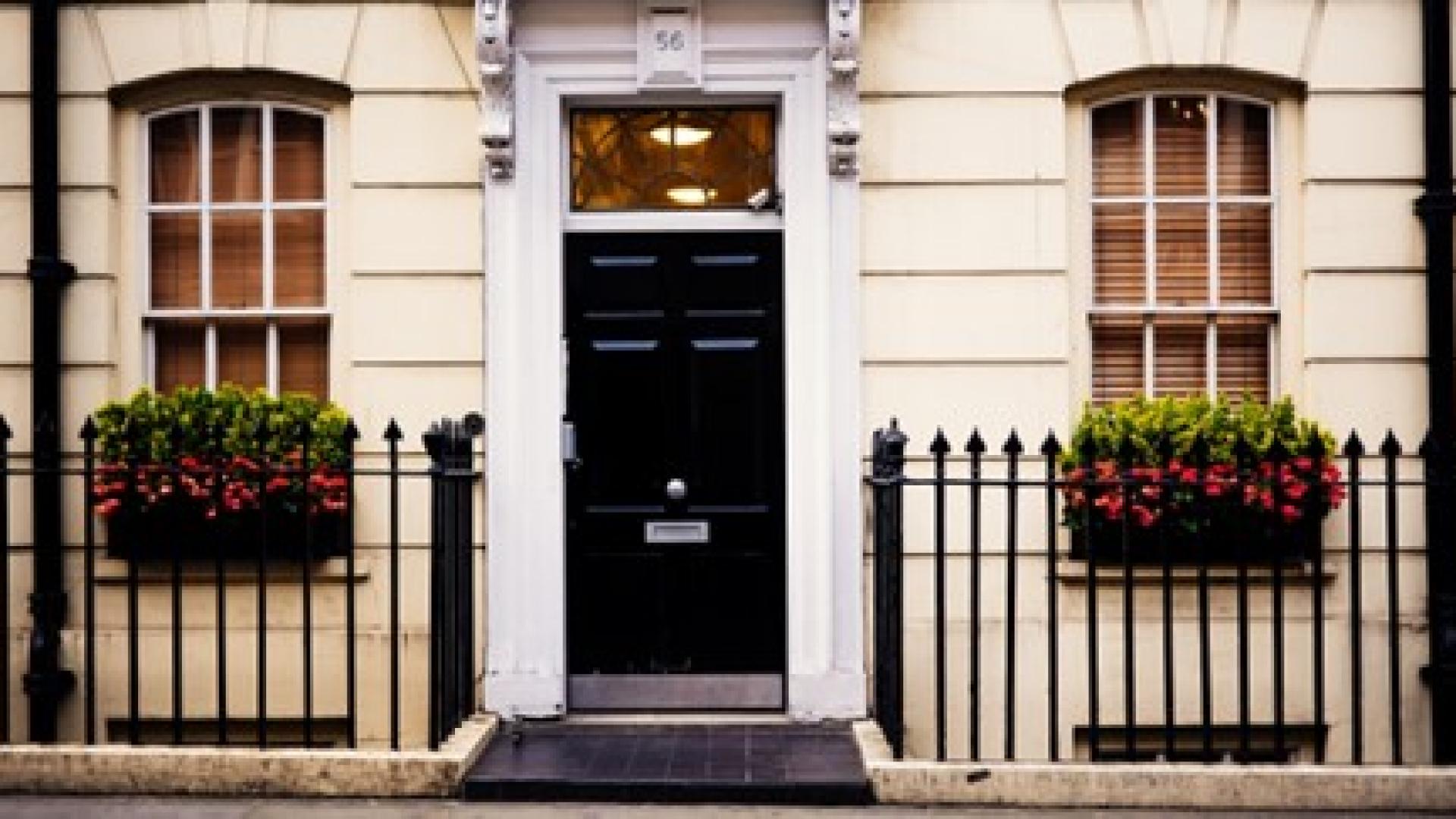Building Underinsurance
What is the issue?
The Association of British Insurers (ABI) defines underinsurance as when the amount of insurance cover (the sum insured) is less than the value at risk:
“The total building sum insured must cover the cost of clearing the remains of the building, its reconstruction (in the same form and including professional fees) and the cost of rebuilding outbuildings, paths, hard standings, walls, etc.
“If the total building sum insured falls short of those costs, you are underinsured.”
Recent research claims that over 80% of UK properties are underinsured and this has increased year on year. The average level of underinsurance has also increased, to around 65% of what it should have been, against almost 70% the previous year.
To put that in context, that’s property with a total rebuild value of £340 billion with buildings insurance of only £221bn, a shortfall of £119bn.
These figures may shock some insurers, brokers and adjusters but it is the impact on the policyholder that is the main issue. Most, if not all, commercial insurance policies will have an average clause or some sort of proportional adjustment clause meaning that an underinsured claimant will receive a payment that has been reduced in some way.
The reductions can be calculated as a proportion of the buildings Value at Risk to the Sum Insured (or Declared Value) or the proportion of the premium against the premium for the correct Value at Risk.
While receiving a reduced settlement on any claim due to underinsurance is annoying and financially stressful for the policyholder, should there be a major incident or a total loss the outcome could be highly traumatic.
For example:
- A property has a Sum Insured of £1M and a Value at Risk of £1.4M
- The Sum Insured is 71% of the VAR
- A relatively small claim of £25,000 would mean that insurers pay £17,750 (less any excess), leaving the policyholder to find £7,250
- However, if the damage was more substantial and repairs were £600,000, the shortfall would be £174,000
Some policies may have a clause allowing insurers to void the insurance contract if the Sum Insured is so significantly different to the Value at Risk that insurers deem the risk to have been misrepresented.
Why are so many buildings underinsured?
Some blame the huge increase in building costs since the Covid lockdown. The cost of building materials in particular has increased dramatically but the reality is rebuilding costs overall, have increased by around 16% between Spring 2021 and today. This accounts for around half of the average levels of underinsurance. However, the rebuilding costs need to be accurate when first set and logically, this must account for the remaining shortfall.
Another aspect could be the availability of tools to accurately calculate rebuilding costs. Rates for rebuilding property have become more widely available and tools like the BCIS calculator are easier to access online, meaning most adjusters are able to check the value at risk for most building types. This wasn’t always possible and the only way to calculate the true rebuilding cost was to appoint a surveyor. Many didn’t do this as long as an honest attempt to estimate the rebuilding cost had been made, the sum insured was considered adequate.
How do policyholders decide on the amount they wish to insure for?
While some may make a genuine attempt to estimate the rebuilding cost, many rely on the purchase price, thinking that is the figure they should insure for. The market value of a property is obviously not the same as the rebuilding cost.
Others seem to focus on the main building but don’t realise that site clearance costs and fees must be included, along with the costs related to any outbuildings, hard landscaping and so on.
Another mistake is to think that the property insured would be replaced with some other form of construction that might be cheaper than rebuilding like for like. As far as the insurers are concerned, the risk they are taking on is the existing building and not some other form that might replace it in the
future. The rebuilding cost must be for the same footprint and form of construction, unless the policy is specifically written on a modern materials basis.
This is the same for both household and commercial policyholders but a commercial policyholder, especially one that owns several properties, should probably be more likely to be more commercially aware when it comes to understanding the rebuilding costs of their properties.
Who is responsible for getting the Sum Insured right in the first place?
In simple terms, the policyholder is responsible for setting the Sum Insured. It is their property and their policy, so they need to tell the insurer what the value of the property they want insuring is. The insurers make it clear in their documentation that the Sum Insured must reflect the full rebuilding cost of the property to be insured.
If there is a broker involved, then the policyholder might ask for advice but ultimately, it is the policyholder’s decision.
The best advice would be to recommend a professional rebuilding cost valuation, for which a fee will be payable.
What can insurers and adjusters do?
Although initial inception and renewal of a policy is the time to calculate and review the Sum Insured, it is often only when there is a claim that the Value at Risk is considered in detail. It is a key part of the adjuster’s role to advise insurers whether the Sum Insured (or Declared Value) is adequate and essential to ensure a fair settlement is reached.
Adjusters also have a duty to advise the policyholders about the adequacy of the sum insured. If an adjuster failed to identify that the property was inadequate insured and at a later date, there was a major loss and the inadequacy was demonstrated, action could be taken against the adjuster for failing to identify the issue.
It should not be a surprise to adjusters that their value at risk calculation indicates the buildings sum insured to be inadequate, as it is far more likely than the sum insured being adequate. Similarly, it should not be a surprise to insurers when this is reported to them.
Following the recent FCA Consumer Duty initiative, there will be increasing focus on advice and support provided to new and renewing customers when setting the sum insured. Adjusters will also need to act appropriately when reviewing the adequacy of the sum insured (particularly buildings) in a claim situation.
For more information contact Nick Turner on 07736 892148 or n.turner@woodgate-clark.co.uk





